#vegetable seeds online
Text
What are the different types of seeds in gardening?

Growing plants using seeds can be intimidating, especially if the seeds do not germinate or if the plants do not grow well. Hence, one must choose the best organic seeds online in India. It is also essential to know the extensive varieties of plant seeds available, how to choose the right type, and how daunting it can be. Plant seeds available at a plant nursery in Mumbai are available in extensive types like organic, non-GMO, heirloom, standard, etc. If you are unsure about choosing the right types of seeds, the following article will help you understand the difference between different types of seeds for your garden.
Different types of seeds
Ratanshi Agro-Hortitech features the following types of seeds:
Heirloom seeds
These types of seeds are natural and come from natural open pollination. It means these seeds undergo pollination by breeze, insects, or self-pollination. Additionally, these seeds do not undergo genetic modification. These seeds are passed on for over 50 to 100 years.
Hybrid seeds
These seeds are produced under a controlled process to create a better plant variety. These seeds are produced to create a new plant variety using crossbreeding between two plants and using their top qualities. These seeds can provide extensive plant varieties.
Open Pollinated seeds
These plant seeds available at a plant nursery in Mumbai come from open pollination using natural sources like pollinators, wind, and insects. The offspring of these seeds are similar to their parent seeds. It is essential to note that all heirloom seeds are open-pollinated, however not all open-pollinated seeds are heirloom seeds, as these seeds can be new seeds of the original plants. However, over time, these plant seeds can be called heirloom seeds.
Organic seeds
These seeds come from farms containing crops grown using organic farming techniques. The crops do not utilize pesticides or GMO technologies. Organic seeds can produce strong seeds with enhanced properties and are disease-resilient. These seeds can survive in extreme conditions. These seeds are perfect for gardeners looking to practice organic gardening.
GMO seeds
Genetically modified seeds are made in labs to produce seeds with desirable qualities. The seeds are injected with desired genes from different plant species to get their benefits. For instance, the plant undergoes modification to survive dry weather or resist insects and pests. However, it is essential to note that these products aren't a result of cross-pollination and are made in labs under a controlled atmosphere using gene modification. GMO seeds are mostly used for commercial farming to produce large-scale crops.
Treated and untreated seeds
Seeds tagged as treated seeds often have chemical or fungicide applications to protect them from diseases or pests. Untreated seeds, on the other hand, do not have this application. However, it is essential to note that treated seeds of fruits and vegetables are 100 percent safe for consumption.
Which seeds should I select?
Gardening offers a great experience in the form of physical exercise and rewards in the form of good health and healthy produce for consumption. However, a healthy garden comes down to the basics. From healthy organic seeds to high-quality gardening supplies, one needs to research before they start. The first step involves choosing a reputed plant nursery that offers high-quality organic seeds online in India. Once you have sourced the seeds for your garden from varieties like heirloom, hybrid, non-GMO, organic, and standard, you can start growing multiple vegetables in your home garden.
If you are unsure about choosing the right seed type for your garden, consult experts at Ratanshi Agro-Hortitech, a leading plant nursery in Byculla. The online nursery in Mumbai offers river sand for plants, Bavistin fungicide, musk melon tree, and live plants online in Mumbai. For more details, contact them today!
#organic seeds online india#vegetable seeds online#seeds online mumbai#cauliflower seeds#carrot seeds
0 notes
Text
What are the different types of seeds in gardening?
Growing plants using seeds can be intimidating, especially if the seeds do not germinate or if the plants do not grow well. Hence, one must choose the best organic seeds online in India. It is also essential to know the extensive varieties of plant seeds available, how to choose the right type, and how daunting it can be. Plant seeds available at a plant nursery in Mumbai are available in extensive types like organic, non-GMO, heirloom, standard, etc. If you are unsure about choosing the right types of seeds, the following article will help you understand the difference between different types of seeds for your garden.

Different types of seeds
Ratanshi Agro-Hortitech features the following types of seeds:
Heirloom seeds
These types of seeds are natural and come from natural open pollination. It means these seeds undergo pollination by breeze, insects, or self-pollination. Additionally, these seeds do not undergo genetic modification. These seeds are passed on for over 50 to 100 years.
Hybrid seeds
These seeds are produced under a controlled process to create a better plant variety. These seeds are produced to create a new plant variety using crossbreeding between two plants and using their top qualities. These seeds can provide extensive plant varieties.
Open Pollinated seeds
These plant seeds available at a plant nursery in Mumbai come from open pollination using natural sources like pollinators, wind, and insects. The offspring of these seeds are similar to their parent seeds. It is essential to note that all heirloom seeds are open-pollinated, however not all open-pollinated seeds are heirloom seeds, as these seeds can be new seeds of the original plants. However, over time, these plant seeds can be called heirloom seeds.
Organic seeds
These seeds come from farms containing crops grown using organic farming techniques. The crops do not utilize pesticides or GMO technologies. Organic seeds can produce strong seeds with enhanced properties and are disease-resilient. These seeds can survive in extreme conditions. These seeds are perfect for gardeners looking to practice organic gardening.
GMO seeds
Genetically modified seeds are made in labs to produce seeds with desirable qualities. The seeds are injected with desired genes from different plant species to get their benefits. For instance, the plant undergoes modification to survive dry weather or resist insects and pests. However, it is essential to note that these products aren't a result of cross-pollination and are made in labs under a controlled atmosphere using gene modification. GMO seeds are mostly used for commercial farming to produce large-scale crops.
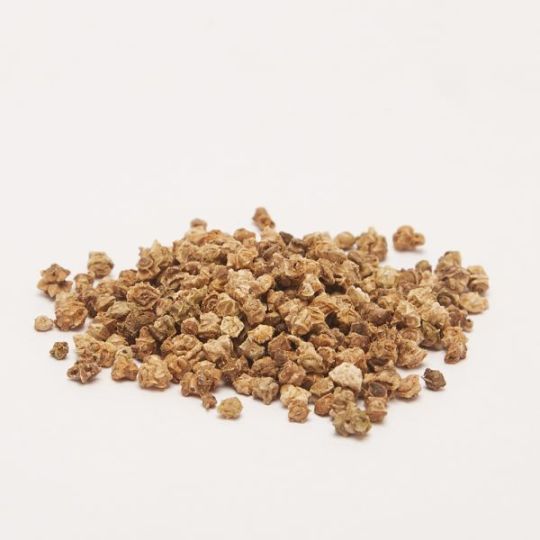
Treated and untreated seeds
Seeds tagged as treated seeds often have chemical or fungicide applications to protect them from diseases or pests. Untreated seeds, on the other hand, do not have this application. However, it is essential to note that treated seeds of fruits and vegetables are 100 percent safe for consumption.
Which seeds should I select?
Gardening offers a great experience in the form of physical exercise and rewards in the form of good health and healthy produce for consumption. However, a healthy garden comes down to the basics. From healthy organic seeds to high-quality gardening supplies, one needs to research before they start. The first step involves choosing a reputed plant nursery that offers high-quality organic seeds online in India. Once you have sourced the seeds for your garden from varieties like heirloom, hybrid, non-GMO, organic, and standard, you can start growing multiple vegetables in your home garden.
If you are unsure about choosing the right seed type for your garden, consult experts at Ratanshi Agro-Hortitech, a leading plant nursery in Byculla. The online nursery in Mumbai offers river sand for plants, Bavistin fungicide, musk melon tree, and live plants online in Mumbai. For more details, contact them today!
#organic seeds online india#vegetable seeds online#seeds online mumbai#cauliflower seeds#carrot seeds
0 notes
Text

grow your own healthy and organic veggies in your space.
0 notes
Text
Vegetable Seeds Online
Trailing Petunia's extensive collection of vegetable seeds online at best deals. You can cultivate your own vibrant, organic oasis with high-quality seeds for a variety of vegetables. Buy now on https://www.trailingpetunia.com/
0 notes
Text
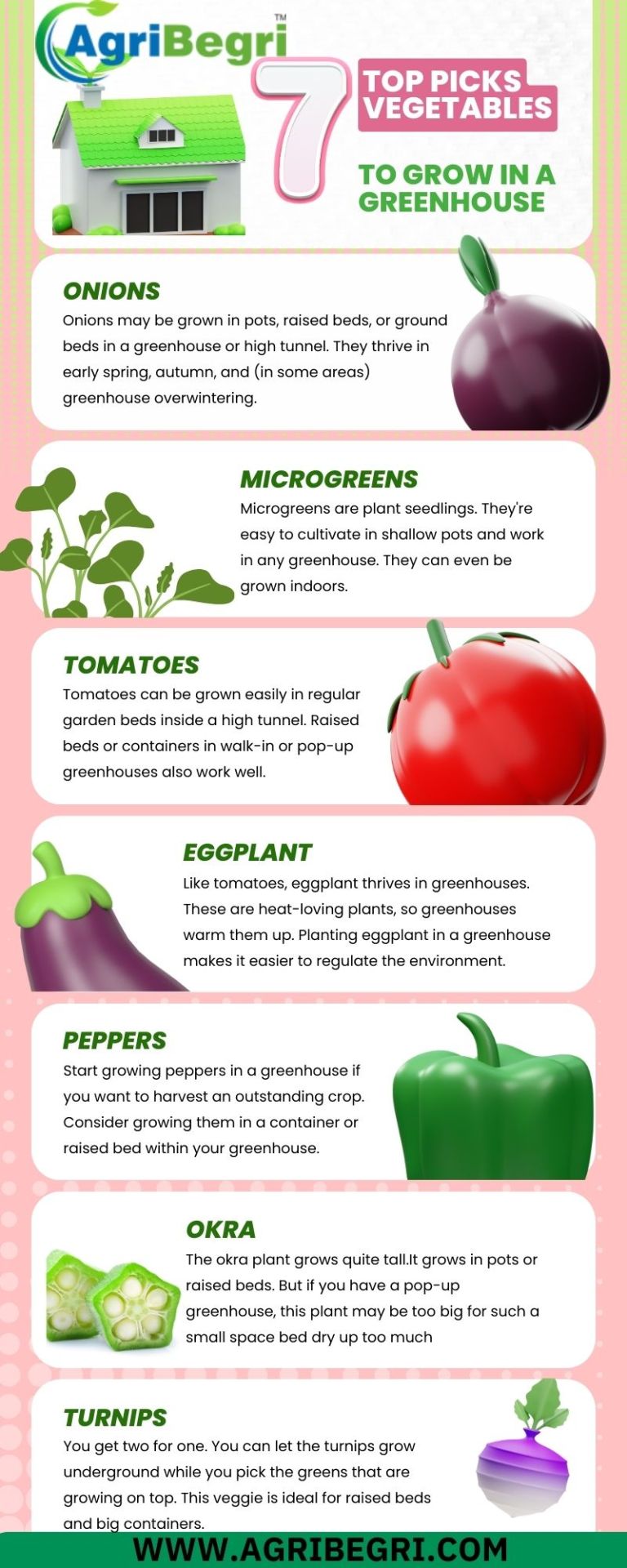
0 notes
Text

#seedlings for sale#vegetable seedlings#seedlings#agriculture#vegetable seeds online#winter vegetables
0 notes
Text
I feel like I should have a glass of wine with my dinner but. I do not drink nor do I condone underaged drinking for myself.
#other people idc as long as you don't talk to me while drunk or talk about drinking with me#but I'm eating some fancyy vegetables like eggplant (fruit?) and okra (also fruit??) and#oh shit almost all of these have seeds am I eating a sauteed fruit salad?#uh um anyways#it's got tomato mushroom sauce and it feels like I'm in my late 30s and I just got home from work to my apartment and the subway ran late#but I had put the veggies in a pan already so all I had to do was turn on the stove and wait#(irl I don't know how to sautee veggies. some of these are undercooked and I think some are burnt but hey learning is a process)#so now I am eating my meal and sipping wine and working on my online degree (high school hw) idk that's my vision for tonight#it feels like a Webtoon protagonist y'know
3 notes
·
View notes
Text
Gardening Log 1
I've never done one of these before, but I'm really proud of this project and I wanted to share my progress.
BACKSTORY TIME:
My dream of several years has been to start a garden. It never really got off the ground (haha, ground... gardening puns are fun) until this past year. I started breaking the ground up and turning it into a dirt patch sometime this past winter, before The Big Cold, or afterwards on a really warm day-- I really don't remember because my sense of time is completely off. Anyways, now that it's warm and I'm currently unemployed, I have a lot of time to really focus in on that dirt patch. Really make something out of it. For a while it looked like this:

not pictured, but there was cardboard keeping the grass from growing in on those spots for a while. Twas a gardening tip I gathered from youtube. It's also a great way of killing your lawn! I read an article about that while writing this while I was trying to fact check what I did:
https://www.treepeople.org/2014/07/16/sheet-mulch/#:~:text=After%202%20months%2C%20dig%20through,remove%20it%20and%20the%20grass.
Today I set out to make the dirt patch dirt-ier. I don't have a fancy tiller like some folks, just a shovel, a rake, and some kind of hand-tiller I got ages ago. I don't have a good relationship with the hand tiller, it's a little annoying to use and I am not very strong. That said, I got a lot done using all three tools together. Perhaps, with time, we will learn to work together a little more harmoniously.
Anyways, here's the finished product:

I threw some seeds down in the dirt kind of haphazardly as an experiment a few days ago. They might not germinate, or they might. We'll see! I was feeling like an eager beaver. Trying not to be attached to the outcome of that particular pet project.
The other half of this project has been seed germination. I was really unsure of how this would turn out. The only plant I've ever kept alive before was a ficus and unfortunately I had a little bit of an oopsie (psychosis) and I neglected him until he died. RIP Killer Joe, you are missed.
But! I'm in a new chapter of my life and I think my emotional wellbeing is now somewhat tied to whether or not I can keep plants alive.
In all seriousness, if you're in a place where you can and you think gardening will help you, I recommend it. It gives me good feelings inside, which are not always easy to come by.
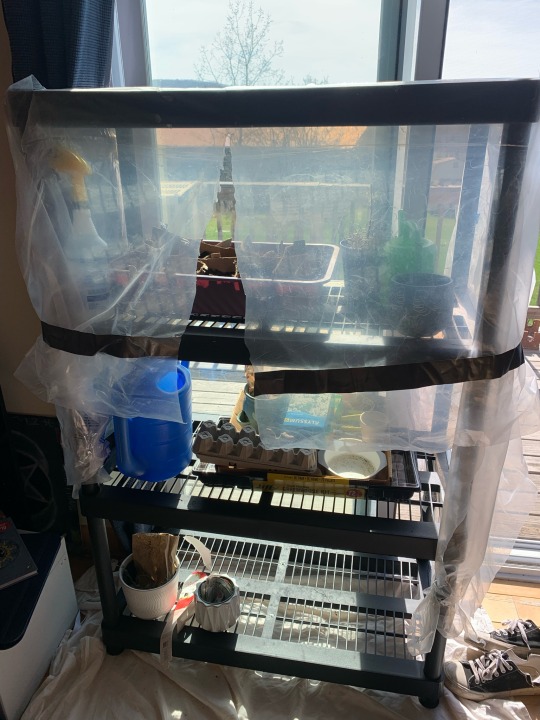
This is my seed germination set-up. Despite how discouraged I was feeling about this side of the project, I am happy to say my first seeds have sprouted! I would like to include a photo, but tumblr keeps changing that photo to another one. Not sure why... The sprouts are really hard to see anyways.
I am proud of my seeds. I'm not sure if anyone else has ever experienced this, but I find myself whispering when I'm talking to them. Like it I talk too loud, it might scare them (Silly as that may be).
Germinating seeds seemed really intimidating when I first started. I ended up using cardboard and an old cat litter tray filled with potting soil. Obviously, I had many anxieties about how this would go (and will go) given my history with plants, but today's sprouts filled me with joy I was not expecting. The best thing to do seems to be keeping the soil moist throughout the day. I forgot to for a day when I firs started and that sent me into panic mode, but my fears were unfounded.
I am also germinating a single seed using the wet paper towel in a plastic bag method. We will see how that one progresses. It actually sprouted in the tray, but I accidentally pulled it up and I felt bad about just discarding it.
Outside of The Big Project, I am also trying to keep a Lavender plant alive. I don't think she's going to hold on for much longer, but one can always hope.
My current plan is to grow a combination of flowers and vegetables. The first seed tray is all vegetables. The second one is going to be herbs. After the last frost date passes and as long as I can stay patient, I'll worry about flowers.
That about wraps it up! I hope you've enjoyed my first gardening log. I'll update more as I go along and talk more about my plans, which plants I'm growing, and anything else gardening related.
- Art-Marigold
#garden#gardening#seed germination#vegetable garden#beginner gardening#gardening blog#online diary#plant diary#schizophrenia#mental health#garden diary#cottagecore#nature
5 notes
·
View notes
Text
#vegetables#seeds#vegetable seeds#agricultural products#Buy insecticides online#premium okra seeds#Buying high-quality peas seeds
2 notes
·
View notes
Text
Al Falaj Gardens | Gutter hydroponic systems
Falajgarden is the number one solution provider in the UAE for Gardening. We are the Irrigation item suppliers in UAE and we deal with every solution regarding Garden plant pots, Garden sprayers, Irrigation fittings, and Fertilizers for plants, when it comes to gardening, there is no one like Falajgarden. https://falajgarden.com/product-category/hydroponic-items/gutter-system/

#Garden sprayers#Irrigation fittings#Garden Pots Dubai#Indoor outdoor garden plants#Drip irrigation accessories online#Vegetable Seed suppliers in UAE#Vertical garden items UAE#Agricultural grow lights Dubai#Hydroponic system supplier in UAE#Hydroponics companies in UAE#Irrigation accessories company
0 notes
Text
Exploring the Nutritional and Culinary Wonders of Purslane Seeds!!
Purslane, scientifically known as Portulaca oleracea, is a remarkable plant with a long history of culinary and medicinal use. While purslane leaves are celebrated for their nutritional value and culinary versatility, the seeds of this plant also offer a wealth of benefits. In this article, we'll delve into the nutritional profile of purslane seeds and explore how they can be incorporated into your diet for optimal health and flavor.
Purslane seeds are small, dark brown to black in color, and possess a mild, nutty flavor. Despite their unassuming appearance, these tiny seeds are nutritional powerhouses, rich in essential nutrients that promote overall health and well-being. They are particularly high in omega-3 fatty acids, specifically alpha-linolenic acid (ALA), which is known for its anti-inflammatory properties and cardiovascular benefits. Additionally, purslane seeds are a good source of protein, fiber, vitamins (such as vitamin E and vitamin C), and minerals (including magnesium, calcium, and potassium).
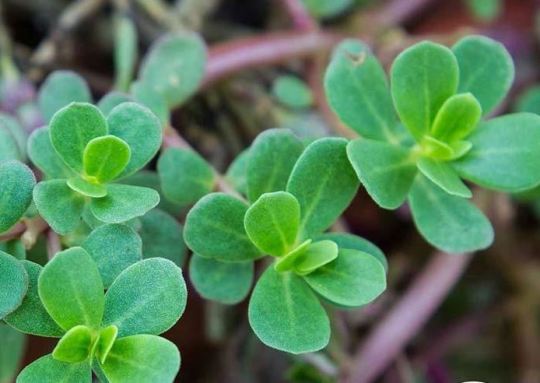
One of the standout qualities of purslane seeds is their omega-3 fatty acid content. Omega-3 fatty acids are crucial for heart health, brain function, and reducing inflammation in the body. Incorporating purslane seeds into your diet is a simple yet effective way to boost your omega-3 intake, especially for individuals who follow a plant-based diet and may have limited sources of these essential fatty acids.
Moreover, purslane seeds are versatile and can be used in a variety of culinary applications. You can sprinkle them on salads, cereals, yogurt, or smoothie bowls for added texture and nutrition. They can also be ground into a fine powder and used as a nutrient-rich ingredient in baked goods, such as bread, muffins, or energy bars. Additionally, purslane seeds can be sprouted and added to sandwiches, wraps, or stir-fries for a fresh, crunchy element.
In addition to their nutritional benefits, purslane seeds have been used in traditional medicine for centuries to treat various ailments. In folk medicine, purslane seeds have been touted for their anti-inflammatory, diuretic, and antioxidant properties. They have been used to alleviate symptoms of conditions such as arthritis, diabetes, and gastrointestinal disorders. While more research is needed to fully understand the medicinal properties of purslane seeds, their rich nutritional content suggests potential health benefits.
Purslane seeds are a valuable addition to any healthy diet, offering a potent blend of nutrients and culinary versatility. Whether you're looking to boost your omega-3 intake, enhance the flavor and nutrition of your meals, or explore the potential health benefits of this ancient seed, purslane seeds are worth incorporating into your culinary repertoire. With their mild, nutty flavor and impressive nutritional profile, purslane seeds are sure to elevate your dishes and nourish your body from the inside out.
#gardening seeds#Purslane Seeds - Green#online seed supplier#seed supplier online#vegetable seed supplier
0 notes
Text
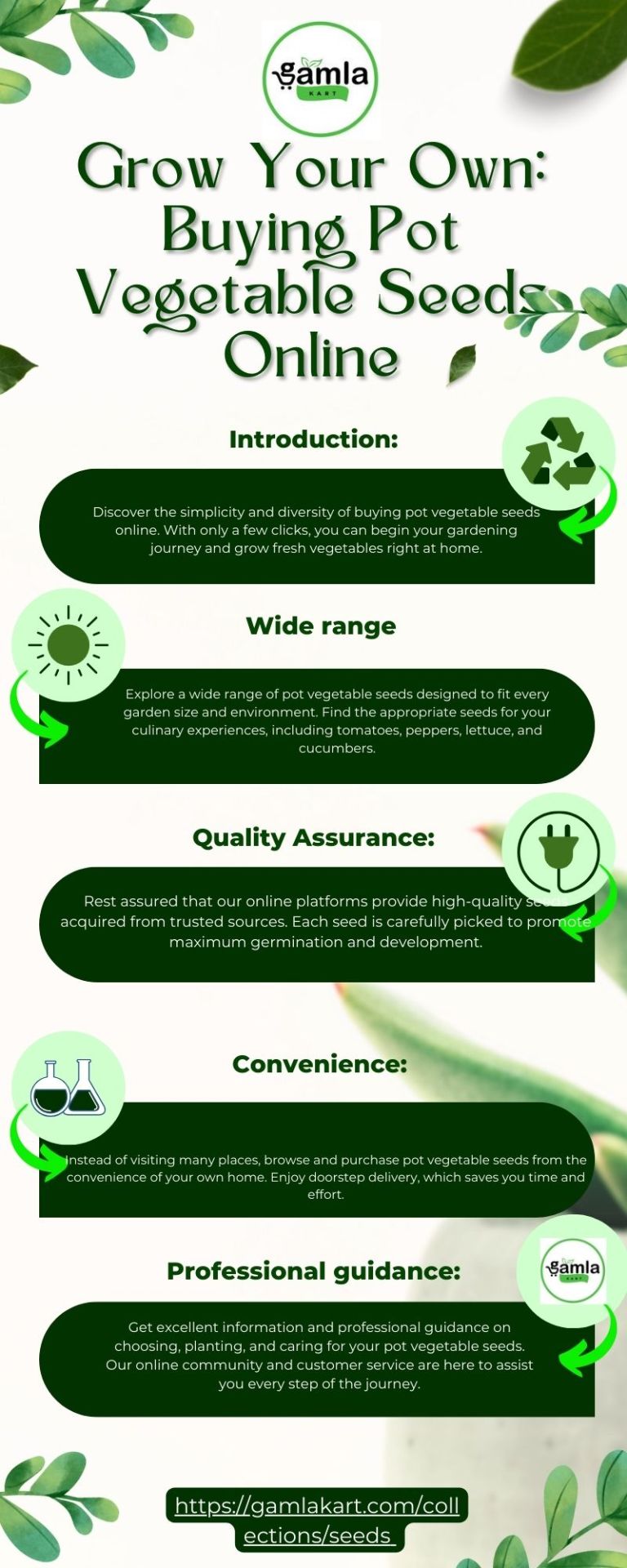
Buy Pot Vegetable Seeds Online - Gamla Kart
Gamla Kart offers the best Buy Pot vegetable Seeds Online. Elevate your gardening game with high-quality seeds that are easily purchased online. Begin your green adventure now!
1 note
·
View note
Text
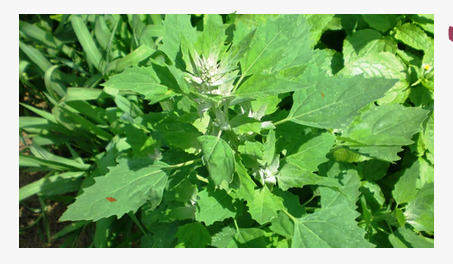
0 notes
Text
How can you grow iris flowers from seed or rhizome?
Growing iris flowers from both seeds and rhizomes is a rewarding process that can result in beautiful blooms. Here are the steps for each method:
Growing Iris from Seeds:
Seed Collection: Collect iris seeds in late summer to early autumn when they are mature. The seed pods will turn brown and begin to split open when the seeds are ready.
Seed Extraction: Gently remove the seeds from the pods, being careful not to damage them.
Seed Stratification: Iris seeds often require a period of cold stratification to break dormancy. Place the seeds in a plastic bag with a moistened paper towel or perlite, seal the bag, and refrigerate it for about 8–12 weeks.
Seed Sowing: After stratification, sow the seeds in early spring. Fill seed trays or pots with a well-draining potting mix and press the seeds lightly into the soil, then cover with a thin layer of soil.
Provide Adequate Light and Water: Place the trays or pots in a bright, indirect light location. Keep the soil consistently moist but not waterlogged.
Transplanting: When the seedlings are large enough and have a few sets of true leaves, you can transplant them into individual pots or directly into your garden.
Garden Placement: Choose a sunny location with well-draining soil for your iris seedlings.
Care: Continue to water the seedlings as needed, and provide regular care as you would for mature iris plants.
Growing Iris from Rhizomes:
Rhizome Selection: Choose healthy iris rhizomes from a reliable source. Make sure they are disease-free and have at least one fan of leaves attached.
Planting Time: The best time to plant iris rhizomes is in late summer or early fall, typically about 4 to 6 weeks before the first frost.
Soil Preparation: Prepare the planting area by amending the soil with compost or well-rotted organic matter to improve drainage.
Planting: Dig a shallow trench or hole in the soil and place the rhizome horizontally with the leaf fan facing outward. The top of the rhizome should be at or slightly above the soil surface.
Spacing: Plant rhizomes about 12 to 24 inches apart, depending on the iris variety.
Watering: Water thoroughly after planting to settle the soil and encourage root establishment. Keep the soil consistently moist but not waterlogged.
Mulching: Apply a layer of mulch around the iris to help retain moisture and control weeds.
Maintenance: Iris plants are relatively low-maintenance. Water during dry spells and remove dead or diseased foliage as needed. Fertilize in the spring with a balanced fertilizer.
Division: Over time, iris rhizomes can become crowded. Divide them every 3–4 years in late summer or early fall to promote healthier growth and more blooms.
Pest and Disease Control: Watch for common iris pests like aphids and iris borers. Treat any issues promptly to protect your plants.
Both methods can yield beautiful iris flowers, but growing from rhizomes tends to be more common because it results in quicker and more predictable blooms. Growing from seed requires more patience and can take a few years before you see flowers.
#home garden shop#terrace gardening kit in coimbatore#vegetable garden kit for terrace#terrace gardening#gardening#home garden#agriculture#home gardening#planting#seeds#vegetable seeds#sesame seeds#seeds online
0 notes
Text

Discover a wide range of high-quality vegetable seeds online at AgriBegri. Choose from our vast selection of organic, heirloom, and hybrid seeds. Fast delivery and great prices guaranteed!
0 notes